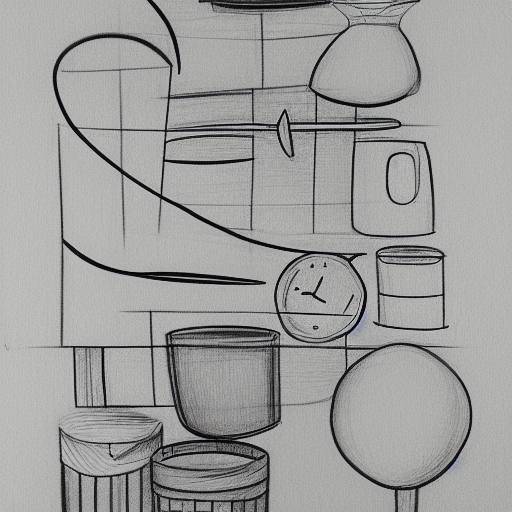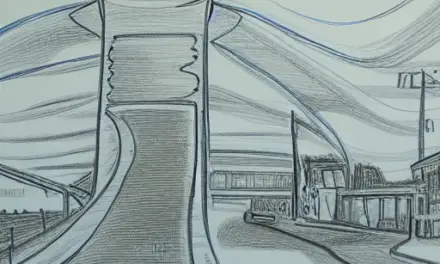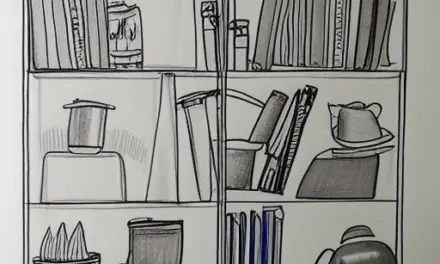There are some simple ways to organize my time so that I can get more done in less time. Some of these strategies include avoiding distractions, planning ahead, prioritizing tasks, and using a planner. Others are more complex, but all of them are useful for the busy person who wants to stay on track with his or her life.
Plan ahead
One of the most important ways to organize your time is by planning ahead. For example, you can write down all of the things that need to be done for the week, and then break each task down into individual days. This will help you stay organized and focused. You can also estimate the amount of time it will take to complete each task.
Eliminate distractions
Eliminating distractions is a crucial step in organizing your time. Whether they are physical or digital, a constant stream of emails, phone calls, and texts can make your day less productive. One way to prevent this problem is to set up a voicemail system and forward work-related calls to voicemail. This way, you can check emails and texts only when necessary. Social media sites are another major distraction that can interfere with your focus.
Avoiding technological distractions will help you concentrate better and produce more. Take short breaks every hour, either by walking, eating, or stretching, or playing music or reading. A timer can also help you keep track of your breaks. Taking small breaks helps you stay focused longer and complete your tasks faster.
While working at home is normal, it is essential to avoid interruptions. Distractions can range from social interactions to phone calls and snagging the attention of other people. All of these distractions can delay your return to your ideal workflow. Keeping an organized workspace can help you stay productive and reduce distractions.
While eliminating distractions isn’t always easy, some changes to your workflow can increase your productivity significantly. For example, you should take regular breaks and lock away devices when you’re not working. This helps prevent burnout and stress.
Prioritize tasks
Keeping a task log is a great way to organize your time more effectively. By understanding the relationships between tasks, you can make more flexible and forgiving decisions about which tasks to complete first. Each time you add a new task to your schedule, you need to reevaluate your priorities and decide which tasks to tackle first.
Prioritizing tasks will reduce stress, improve your productivity, and keep you motivated. It’s also a great way to avoid decision paralysis. While it may seem like an easy way to get things done, it can be difficult to decide what tasks should come first. By setting priorities, you can avoid decision paralysis and prioritize your tasks by importance. This method will help you stay on track of your priorities and meet deadlines.
In addition to prioritizing, consider how the task will impact the end result. For example, if you are working on a project, make sure to prioritize the tasks that will have the biggest impact on the project’s success. Also, make sure to focus on tasks that will give you the most ROI.
As a rule, productivity is at its highest in the morning. So, prioritize your tasks accordingly and get your work done while you are fresh.
Use a planner
If you are a person who struggles to stay organized, you should consider using a planner. It is a great way to plan your day and remember important dates and tasks. Additionally, planners can help you schedule your free time. For example, you may want to schedule a couple of hours each day to study for a test. Your planner can help you plan these time blocks, and you will be able to complete these tasks more effectively.
When using a planner, you can color-code your pages and make it easier to see your tasks. Another great feature of planners is that they let you organize them by section. To make them more visually appealing, you can use dividers and decorative elements. You can even color-code your lists for a more effective way to stay organized.
Once you’ve started using a planner, you should check it at least twice a day. Try to make this a daily habit, perhaps by writing in it just before you brush your teeth, before you check your emails, or before you get out of bed. You can also use a planner to write down new commitments, tasks, and events. But it’s important to start small and slowly build your system. According to Healthline, it can take anywhere between eight and twenty-four days to build a habit.
If you want to make your schedule easier, get a planner with a calendar. These calendars help you visualize each day and assign specific times to each task. It’s easy to see when you need to do things and when you don’t have time to do them. Using a planner can prevent conflicts that arise between meetings and other important tasks.
Avoid procrastination
Avoid procrastination by breaking tasks into smaller pieces. A big task may seem intimidating, but if you break it into small pieces, you’ll find it easier to complete. Generally, you’ll find that each part of the task takes about ten minutes or less. For example, if you’re cleaning out your closet, break it down into smaller tasks such as buying hangers, dropping off donations, and hanging up clothing.
Another way to avoid procrastination is by prioritizing your work. Make a list of tasks every week and put the most time-sensitive and difficult tasks at the top. This way, when you are pressed for time, you’ll feel more accomplished and less likely to procrastinate.
First, identify the causes of your procrastination. Once you have pinpointed the cause of your procrastination, you can start fixing it. For example, if you find that procrastination is a symptom of a more serious underlying problem, such as depression, ADHD, or a lack of sleep, then you should take steps to address it first.
Procrastination is a problem that affects everyone. It is an undesirable habit that prevents us from accomplishing our goals. It often lurks when we’re faced with a task that we know we should be doing. It’s a habit that can limit your career prospects and sabotage teamwork. Additionally, it can ruin your morale and even cost you your job. Thankfully, there are several ways to overcome procrastination once and for all.
Focus on high-focus tasks
When you use a time management tool, you can optimize your time by focusing on high-focus tasks. The tools can help you organize your day and forecast your time. In addition, they allow you to defend your focus time so you can maximize your availability. For instance, a smart time blocker can automatically shift time blocks from “free” to “busy” mode when you receive a new meeting request or a new priority.
Most people are most productive in the first hour of the workday. They spend the majority of their time doing tasks that require high focus. After that, they prioritize less urgent tasks. This results in less focus time, and it can also prevent you from completing important tasks. The goal is to avoid distractions by limiting your focus time to the highest-priority tasks.
Using the Focus Time technique can boost your productivity at work and school. While multitasking can be useful, it can also be stressful and lead to the quality versus quantity dilemma. Using the Focus Time technique eliminates this problem by focusing on one task at a time and working in small steps. This will increase your productivity and the quality of your work.













